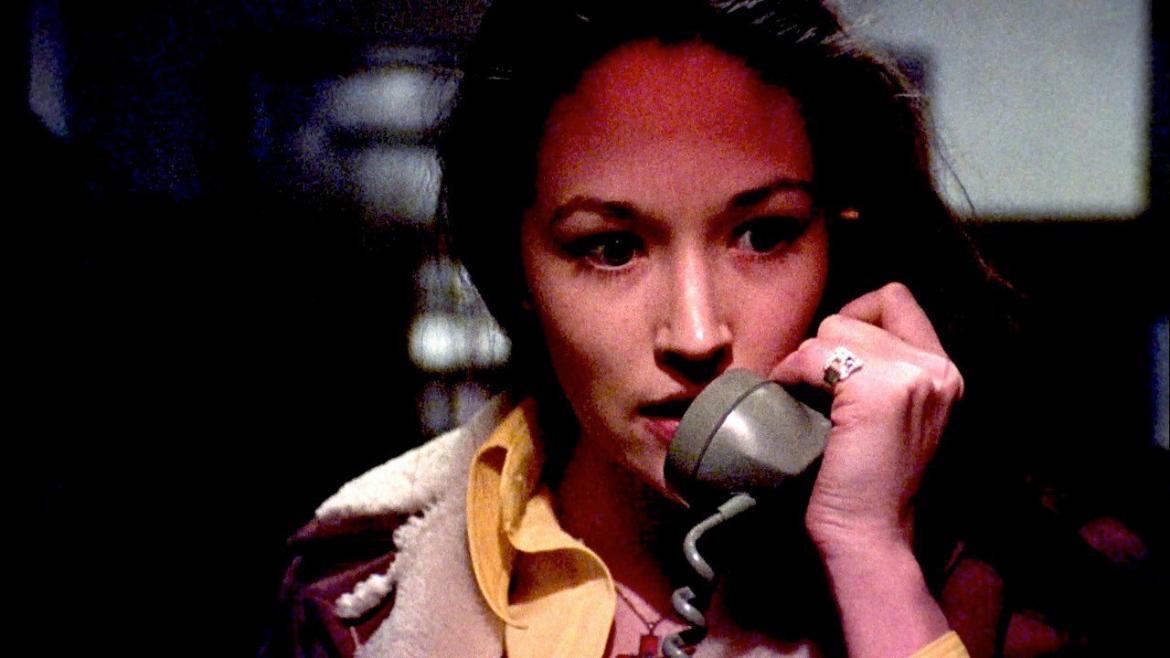
Black Christmas (1974) (Movie Review)
Nearly a decade before he gave the world its favorite play-in-the-background-while-opening-presents movie, A Christmas Story, filmmaker Bob Clark unleashed a more sinister vision for the holiday season, 1974’s Black Christmas. In the process, he helped lay the groundwork upon which the slasher subgenre would be built.
Much of Black Christmas will feel familiar to devotees of slashers. The film is set in a sorority house whose residents have drawn the ire of a maniac with a passion for obscene prank phone calls and murder. The characters in the movie do many of the things that the Scream franchise would later mock: they enthusiastically and thoroughly investigate all strange noises, they go up steps instead of out doors, and they’re slow to discover truths that seem obvious to the audience. While a lesser movie might crumble in the post-Scream horror landscape, Black Christmas holds strong as a true high water mark of the slasher subgenre.
What helps it maintain that position is the unsettling atmosphere created by those prank calls. The movie simply doesn’t hold back. They consist of what sounds like multiple voices and noises all occurring at the same time. Whether those voices are delivering shockingly explicit, sexually-charged monologues or screaming like an abused, terrified child, they will stick with you long after the movie ends.
Another element that helps elevate Black Christmas is its killer. The movie subscribes to the old mindset that what you don’t see is always scarier than what you do. It chooses to keep its killer unnamed, almost totally unseen and motiveless. Anyone could be tormenting these girls, perhaps for no other reason than they left a window open. He has no signature weapon or kill style, no iconic mask or face.
Even his deeds can’t be readily pinned down. It’s revealed that the girls have been dealing with prank calls for some time, but it’s unknown whether the killer was the one making those earlier calls, since his are more extreme. Also, there’s talk of a local girl who was recently raped and there’s a subplot about another local girl found murdered in the park. All of these things could be the work of a psychopath building up steam or they could be totally unrelated. By including them, the film creates an even more chilling mystery around its already ethereal monster.
Black Christmas is a bleak movie, but it still succeeds in achieving a fairly goofy, yet appropriate, sense of humor throughout most of its runtime. It derives much of this humor from poking fun at an inept police sergeant who, among other shortcomings, doesn’t know what fellatio means and from the sorority’s boozy house mother who hides liquor bottles all over the house.
It’s also worth mentioning the ample talent Black Christmas sports in front of the camera, especially in term of its leading ladies. Olivia Hussey plays a very endearing, if non-traditional take on a character type that would become a subgenre staple. Meanwhile, Margot Kidder brings surprising depth to the sorority house’s other resident alcoholic.
Black Christmas is required viewing during the Christmas season. Its dark tone, heavy atmosphere and notorious ending make it a perfect counterpart to other, more traditional, holiday classics. However, the movie is far too good and too important to the genre to be relegated to November and December viewings. Instead, it should be treated as a slasher for all seasons, easily on par with the likes of Halloween.

